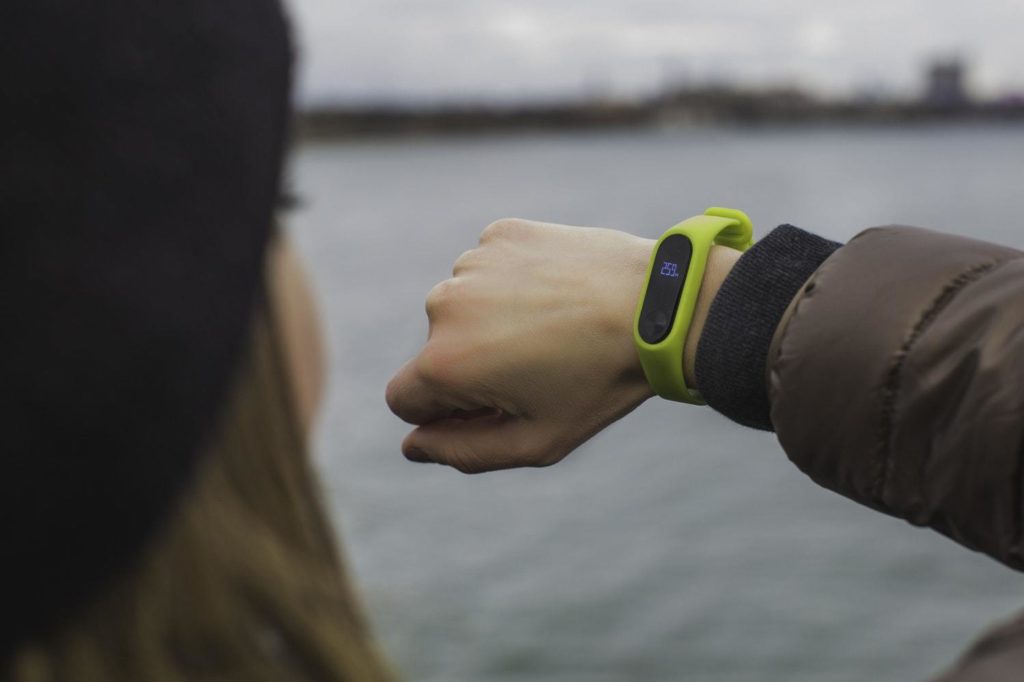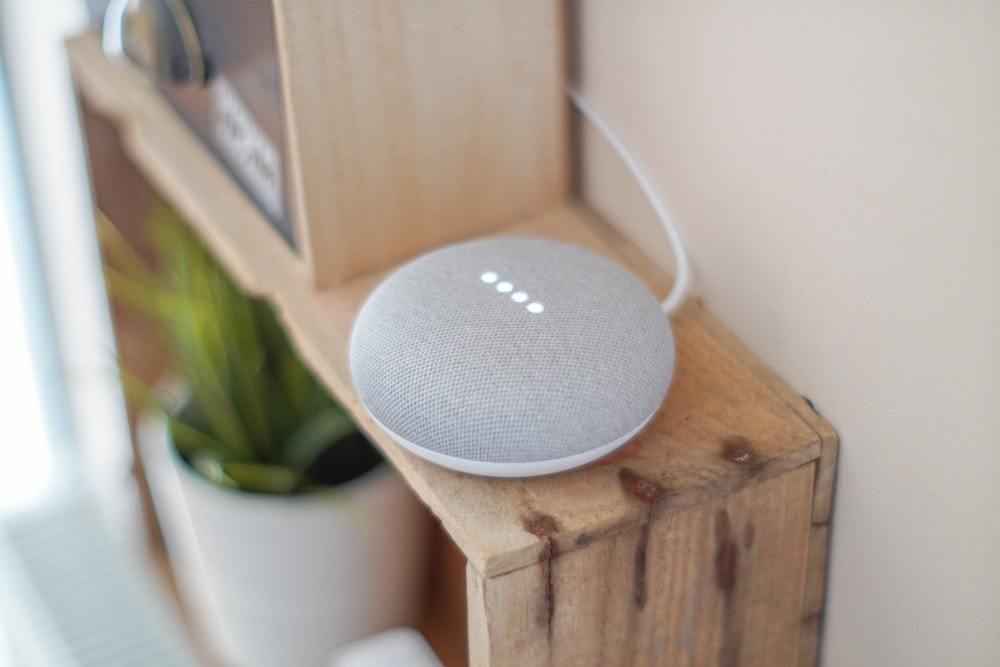Creativity
Getting Personalization Right in the Age of IoT Digital Marketing
By Rose de Fremery on December 3, 2018
Personalization, already a huge trend, is expected to become even more critical to success in the approaching era of IoT digital marketing. Consumers want brands to get to know them as well as understand when to approach them and when not to. Along with this golden opportunity comes a challenge-marketers must discern the fine line between being relevant and being invasive. Here's how marketers can strike the right balance by leveraging the Internet of Things to create personalized and meaningful content experiences in private settings.
IoT Digital Marketing Is Driving Personalized Experiences
Personalization and the IoT are a match made in heaven. Connected devices collect vast amounts of data that marketers can then tap into to create the sort of personalized experiences audiences seek-timely, contextually relevant, and tailored to the individual. When thoughtfully presented, these experiences are the antidote to the interrupt-driven advertising of old, which was invasive, persistent, and impersonal. Today's personalized brand messages are much better suited to enhance people's lives.
Most of us would rather engage with personalized content than find ourselves blanketed with advertisements that have no meaning to us, and IoT content marketing will be key to making this possible. Connected devices will drive the transition toward a more personalized content marketing approach. As ZDNet points out, there are already more IoT devices online than there are people on the planet, with around 20 billion gadgets expected to come online by the year 2020.
Image attribution: Clem Onojeghuo
All of those devices will collect vast troves of data such as a user's geolocation, temperature, and even highly individualized information like a person's heart rate. Marketers are already using insights gleaned from this data to understand customer preferences and predict customer behavior. They're capitalizing on this knowledge to drive revenue and improve products based on customer feedback. IoT data, as ironic as it sounds, could ultimately even help make content marketing experiences more human-which is what audiences overwhelmingly say that they want.
Brands have to tread carefully in this new IoT landscape, however. Although audiences expect and demand personalization, they have well-defined boundaries when it comes to experiences that they feel are invasive or creepy. IoT content will greet audiences on their wrists, talk to them at home using smart speakers, and keep them company on road trips. In these intimate settings, where audiences may be seeking solace from the overwhelming phenomenon of information overload coupled with demanding jobs and busy lives, it will be all the more important to match audiences' tastes and preferences, delighting them rather than intruding upon their privacy.
Personalized Experiences Must Include Transparency and Consent
Transparency and informed consent can make the difference in creating personalized experiences that are seen as thoughtful and useful rather than unwelcome and uncomfortable. Audiences can become wary if they encounter an experience that uses data they were not aware had been shared with a brand, for example. Following recent high-profile data breaches, many people worry that they are no longer in control of their data.
This disconnect has already cropped up with IoT devices as brands have tried, with varying degrees of success, to get personal without getting weird. Not long ago, Burger King startled some viewers with a TV ad that activated Google Home devices in their living rooms and kitchens. For this reason, it is wise for marketers to be as transparent and open as possible with their audiences about what type of IoT data they collect, and how they use it. This way, there will be no awkward surprises that could diminish audience trust in the brand.
Image attribution: John Tekeridis
As MarTech Advisor notes, data provided directly by the customer tends to be the most useful and valuable of all data from a personalization standpoint. Audiences want to know that their trust has been earned, and transparency and informed consent are key to demonstrating that. Ultimately, audiences should come away from a personalized IoT experience appreciating how the brand understood their needs so perfectly, rather than worrying about how that company got its hands on their personal information.
The IoT Can Facilitate Meaningful Dialogue
Another important key to success with Internet of Things personalized content involves establishing a two-way dialogue. If the Achilles' heel of interrupt-driven advertising was its bullhorn approach that barely took the voice of the customer into account, the IoT's ability to facilitate a two-way conversation between audiences and brands is one of its most compelling benefits. We are already seeing evidence of this with the rise of user-generated content in which audiences create the type of content they most want to see, and inform even more relevant and personalized experiences in the future.
Brands can leverage IoT data to give audiences greater control over these experiences, becoming more effective at listening and responding to audience needs and preferences. In doing so, these brands will demonstrate that their audiences' voices, preferences, and needs matter-in fact, they greatly influence how the brand creates content marketing experiences. Knowing that their valuable trust has been earned and honored, audiences will be far more likely to welcome future personalized experiences that arrive on their smart watch, smart speaker, or other shiny IoT gadget that hasn't been dreamed up yet.
The IoT offers marketers exciting opportunities to engage audiences in a new range of intimate settings they may never have had access to before, whether that's on a smart watch while jogging at the park or in a quiet living room at the end of a long day. Not only do audiences want to experience personalized content, they expect to receive it. But there's a fine line between being personal and being overly familiar. Brands must be open and transparent with their audiences about how they're collecting and using IoT data. And by encouraging and facilitating a two-way dialogue, making it absolutely clear that audiences' voices matter and are taken into account, marketers can be sure that the personalized experiences they create will always be welcome.
For more stories like this, subscribe to the Content Standard newsletter.
Featured image attribution: Burst



